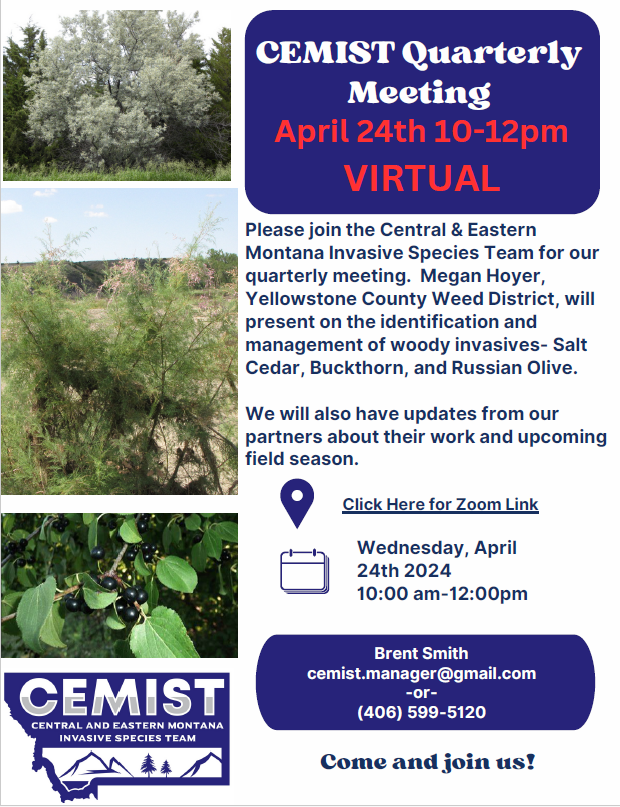 The Central & Eastern Montana Invasive Species Team will be holding their quarterly meeting on April 24 from 10:00 am - 12:00 pm. Megan Hoyer from the Yellowstone County Weed District will present on the identification and management of woody invasives including Saltcedar, Buckthorn, and Russian Olive.
News
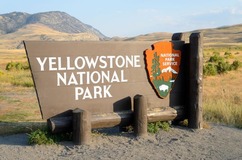 |
|
Yellowstone seeks to stiffen invasive species rules, ban some boats.
|
(Laramie Boomerang) To protect the headwaters of three major Western rivers from invasive, troublesome mussels, Yellowstone National Park wants to require larger boats to undergo a 30-day “dry time” before launching.
New rules up for comment also would ban any boat that’s once been contaminated by invasive Dreissena zebra or quagga mussels, regardless of decontamination cleaning.
The proposal builds on existing rules, including inspection of all watercraft, designed to protect Yellowstone and downstream waters from the fingernail-sized freshwater bivalves that cling to hard structures like boat hulls, docks and irrigation headgates. The proposal would help protect the ecological integrity of Yellowstone Park and the Yellowstone, Missouri and Snake rivers downstream in Idaho, Montana and Wyoming.
Under the proposed rules, boats with inboard, inboard/outboard and inboard jet motors — as well as sailboats — would have to be dried under a certified program for 30 days before launch. “Large, complex, trailered watercraft pose the highest risk of transporting and introducing invasive mussels … because they are difficult to inspect and less likely to … be fully decontaminated,” the park said in a release. Read more
See the news release
View the Yellowstone National Park boating website
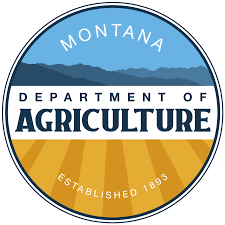 |
|
Montana Department of Agriculture Position Opening!
MT Department of Agriculture position posting for the Invasive Species Education Coordinator.
This position will serve the roll of the Noxious Weed Education Campaign Coordinator and include other taxa.
|
Research
Invasive plant time bombs: A hidden ecological threat
Invasive plants can stay dormant for decades or even centuries after they have been introduced into an environment before rapidly expanding and wreaking ecological havoc, according to a new study led by the University of California, Davis.
The research, published in Nature Ecology and Evolution, looked at more than 5,700 species of invasive plants in nine regions around the globe. It represents the most comprehensive analysis of plant invasions conducted to date, said senior author Mohsen Mesgaran, an assistant professor in the Department of Plant Sciences at UC Davis.
"The longer it is dormant, we're more likely to ignore it," Mesgaran said. "This latency allows them to be overlooked, contributing to their eventual emergence as a serious invasive threat. They're like invasive time bombs."
Webinars
 WRP Mid-Year Webinar
The Western Regional Panel on ANS will hold a virtual Mid-Year Webinar on April 23 from 1 - 3 p.m.(mountain time). All are welcome to attend. No registration is required.
See agenda here...
Join webinar here...
Early Detection Rapid Response Webinar
Montana Department of Agriculture will be hosting a Spring 2024 EDRR Webinar, via Zoom, on May 23, from 10 - 11 a.m.
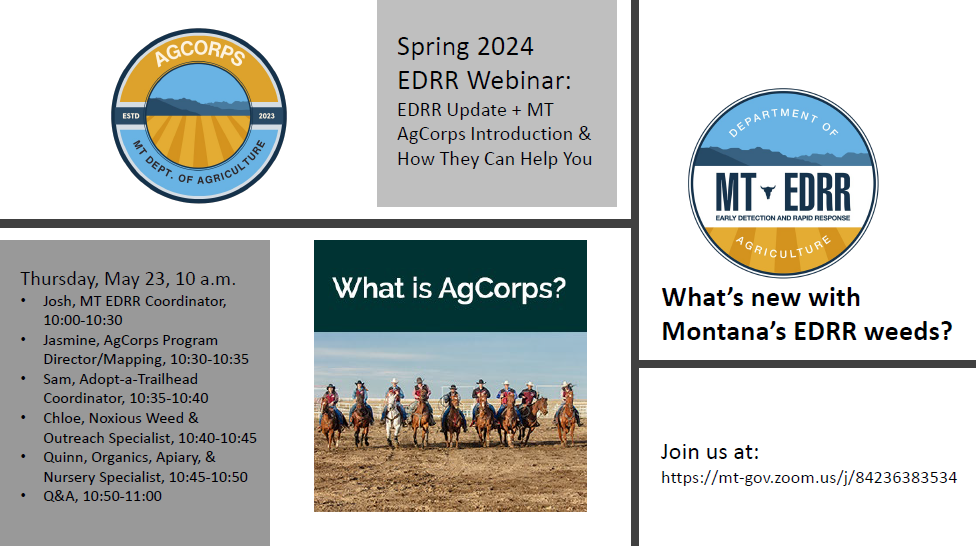
 NISAW Webinar Recordings
Did you miss a NISAW webinar that you really wanted to see? Watch the recordings on NAISMA's YouTube channel.
- Monday, February 26, 2024 – USGS Invasive Species Research Forum: Better Living Through Modern Invasion Science
- Tuesday, February 27, 2024 – The Invasive Species Language Workshop
- Wednesday, February 28, 2024 – The Federal Interagency Committee on the Management of Noxious and Exotic Weeds
- Thursday, February 29, 2024 – Opportunities and Challenges for Preventing the Next Plant Invasion
- Friday, March 1, 2024 – Protecting North American Biodiversity from Invasive Species
Events
New Invasive Species Educational Resources!
On Tuesday, April 23, Outdoor Learning will be co-hosting a free virtual Invasive Species Education Workshop for educators! This 60-min session is relevant for organizations and educators from across North America, and comes complete with a certificate of attendance, access to the recording, and a number of great prizes for attendees.
We have also recently released a few Invasive Species Education Resources that are relevant across North America:
- Guide to Invasive Animals & Plants of North America
- Aquatic Invaders Activity Guide for Educators
- Teaching About Invasive Species
Montana State University Extension Workshop
The Level 3 Noxious Weed Management Certification Workshop is the final installment in a series of courses focused on weed biology, ecology, and management. This two-day course is designed to benefit experienced weed and land management professionals, and participants must first complete Levels 1 and 2 in the series.
When: September 4 - 5, 2024
More Information...
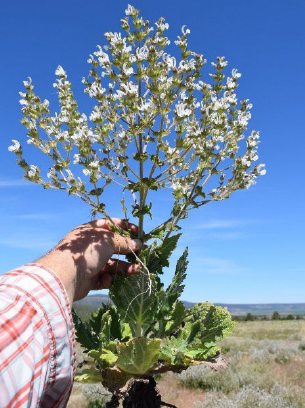
Mediterranean Sage
Mediterranean sage (Salvia aethiopis L.), or “Med sage,” is a unique invasive weed in the mint family.
What is not unique about Med sage is that it shares the native range of Eurasia with numerous invasive weeds in western North America. This species is considered noxious in many western states including California, Colorado, Idaho, Nevada, Oregon, and Washington.
While it has not been found in Montana, it has been reported in 11 counties in Idaho, including both Clearwater and Idaho Counties which share a border with Montana.
Continue Reading...
|
Montana Biocontrol Coordination Project Assessment
The Montana Biocontrol Coordination Project (MTBCP) is asking Montana land managers to assess the program and determine which biocontrol activities should be prioritized for the next 5 years. There are many questions in the assessment but one of particular interest is to determine if it is beneficial for MTBCP to spend more time identifying collectible populations of biocontrol agents throughout the state, where in the future MTBCP could assist local cooperators to hold annual collection days. This would result in collection days occurring at a variety of locations throughout the state, producing locally adapted biocontrol agents.
The 2024 Biocontrol Needs Survey follows the program assessment. Montana land managers that are in need of biocontrol agents, services, tools, and/or resources should complete the program assessment and continue on to the 2024 Needs Survey.
This link takes you to both the MTBCP Program Assessment and the 2024 Needs Survey, which follows the Program Assessment): https://montana.qualtrics.com/jfe/form/SV_79yuwOjM1rzOMWa
The assessment is anonymous but the 2024 Needs Survey will require land manager contact information.
Save the Date
|